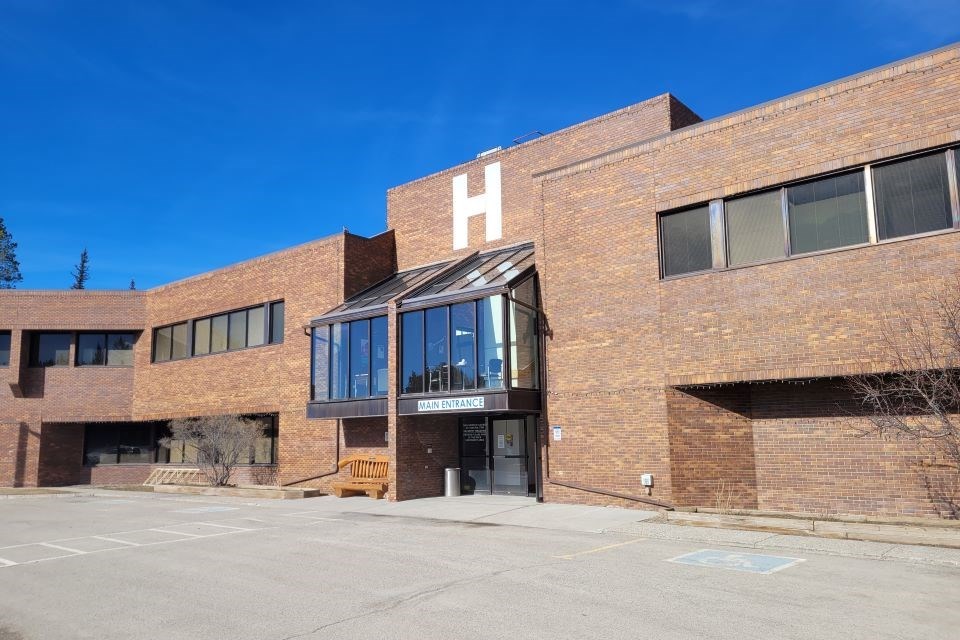Hinton Town Council recently unanimously endorsed a plan recommending that the Province of Alberta allocate the necessary funding to construct and maintain a certified helipad adjacent to Hinton’s hospital.
“As a part of this advocacy strategy, we'll need ministerial approval from likely numerous departments including Infrastructure, Forestry, and Alberta Health Services (AHS),” said Chief Administrative Officer Jordan Panasiuk.
A briefing document provided to council said that that AHS has been closing helipads across the province in recent years, particularly in rural communities, and that Jasper’s newly upgraded helipad might also lower the option’s chance of success.
The second option presented in the briefing document was for council to advocate for the acquisition of the Alberta Forestry land immediately across from the hospital’s emergency room entrance. While viewed as having a much greater chance of success, doing so would require the town to construct and maintain the helipad itself.
Having a helipad at the Hinton Healthcare Centre is of paramount importance to emergency medical services by ensuring rapid access to critical care for patients in remote areas, the briefing document asserted. Also included was a checklist of criteria that AHS uses to determine a hospital’s need for a helipad.
The number of missions per year must be more than 10.
“I can confirm that Hinton averages about 12 to 13 STARS missions per year,” Panasiuk said, continuing to observe how the town meets two other criteria.
In the years 2018 to 2022 inclusive, Hinton saw a total of 62 STARS missions.
The other criteria included the distance by ground to tertiary care being within a 45-minute threshold.
“The nearest tertiary care for Hinton would be located at Edmonton, which is approximately two hours and 46 minutes away,” Panasiuk said.
“The distance from an airport being 10 minutes: with the Jasper-Hinton airport being 18 minutes away, we do meet all three criteria from Alberta Health Services for being at need of a helipad.”
Coun. Stuart Taylor said while it was important to endorse the plan, he thought it would come with more data about the implications on both the pro and con sides regarding public health.
“That's what this is missing. Is that going to be included in here? Because I think that's going to be pretty important to selling it.”
Panasiuk replied that his experience with helipads was extensive, but he had always been stymied to find that kind of solid information from AHS.
The capital cost is estimated from $750,000 to $1.1 million while the annual operating cost is estimated at $50,000.
Panasiuk added that working with AHS on such projects is not usually a quick process, and in voting to advocate this position, council should view it as a long-term priority and as such should also expect it to take several years.



